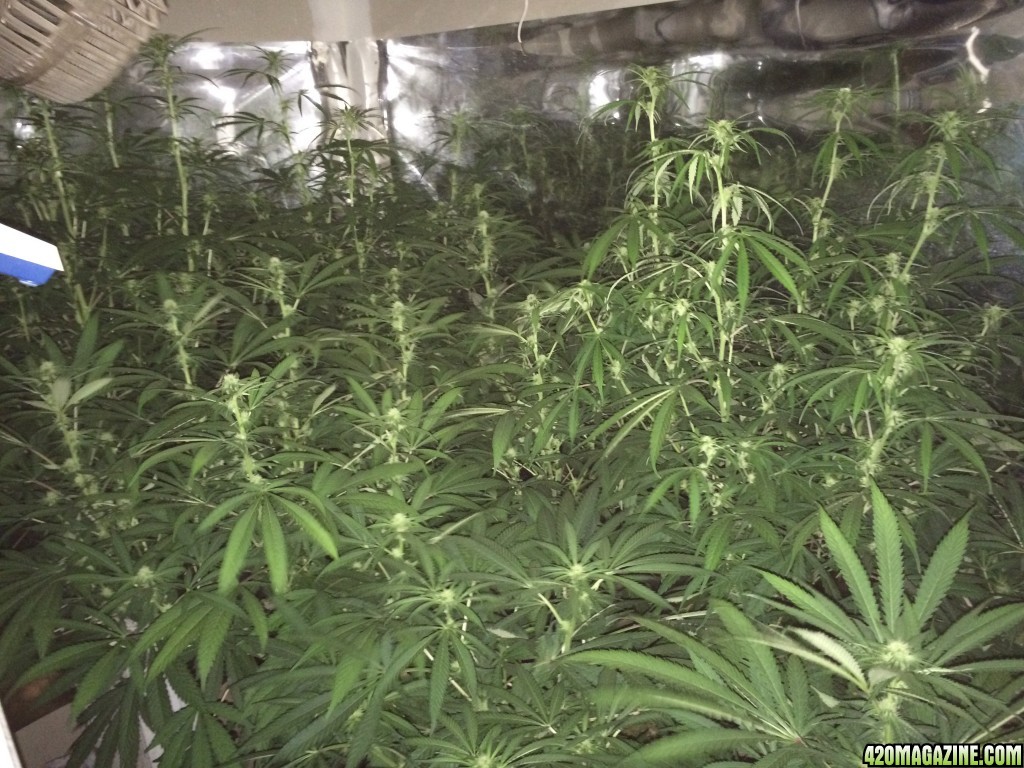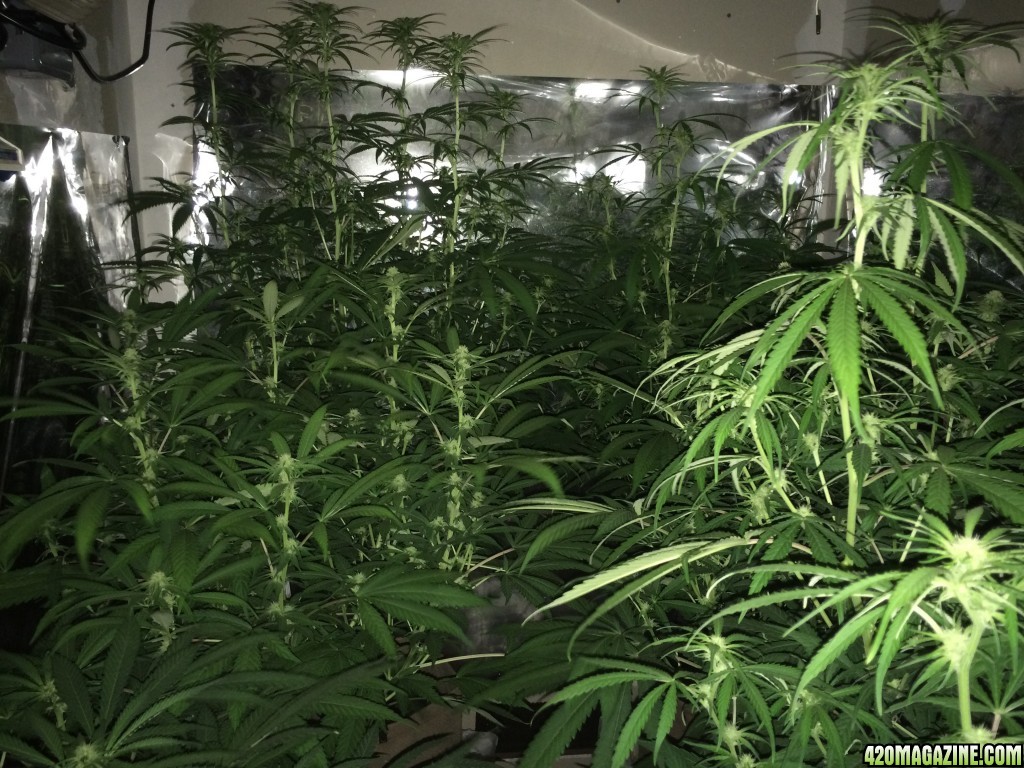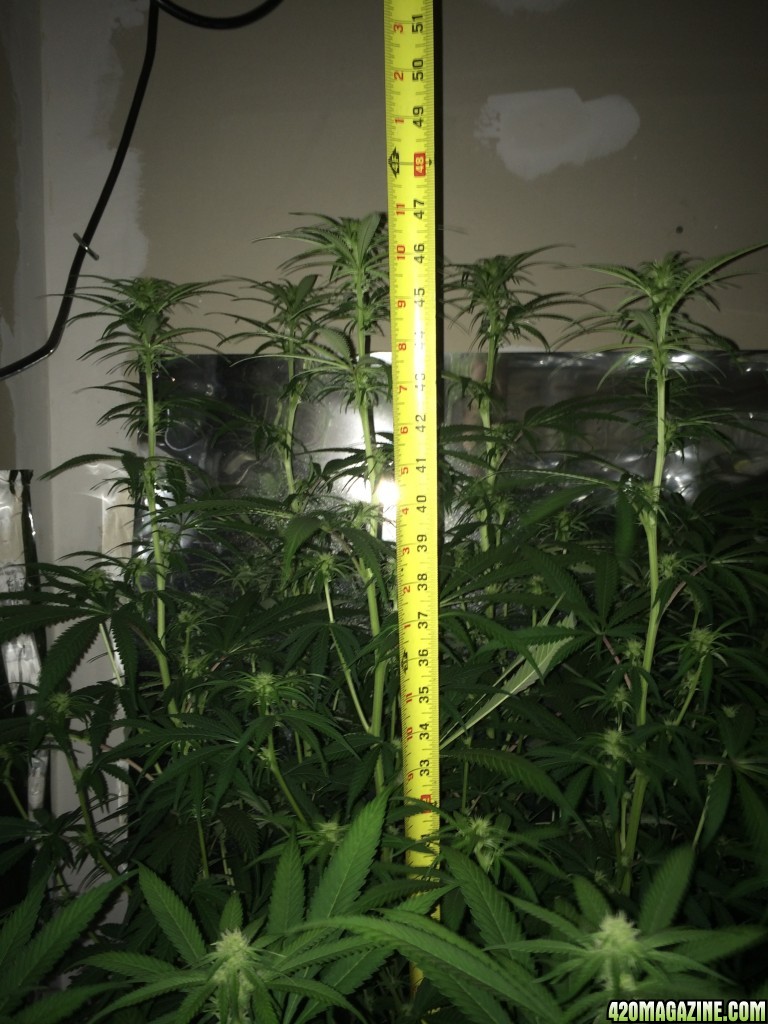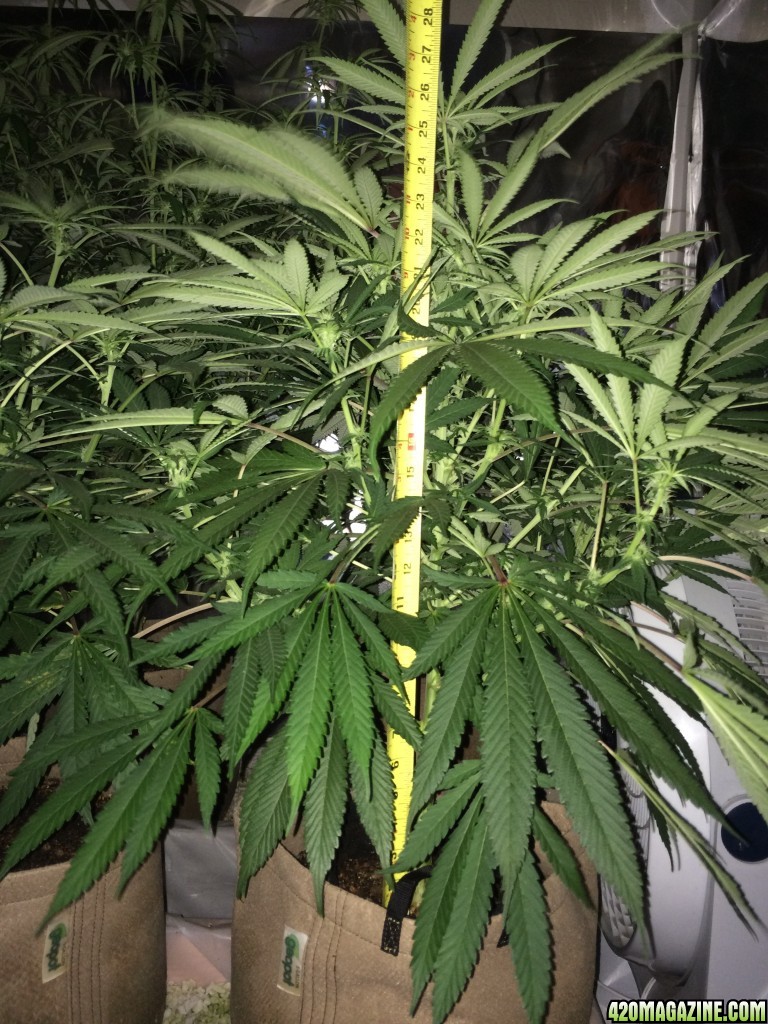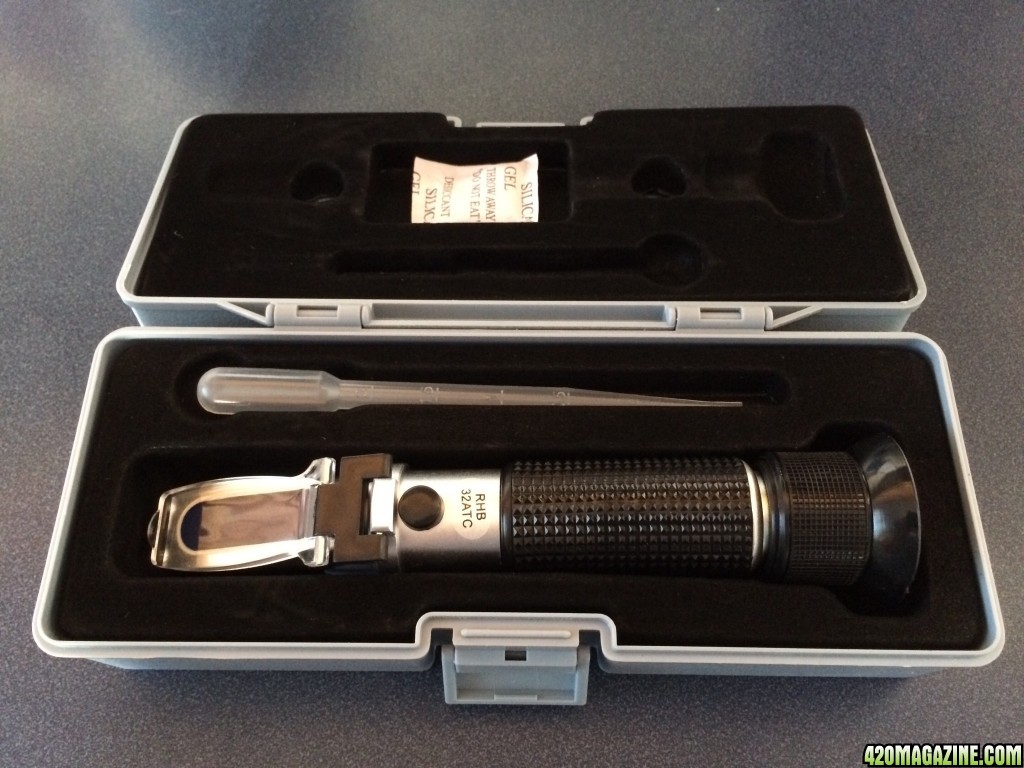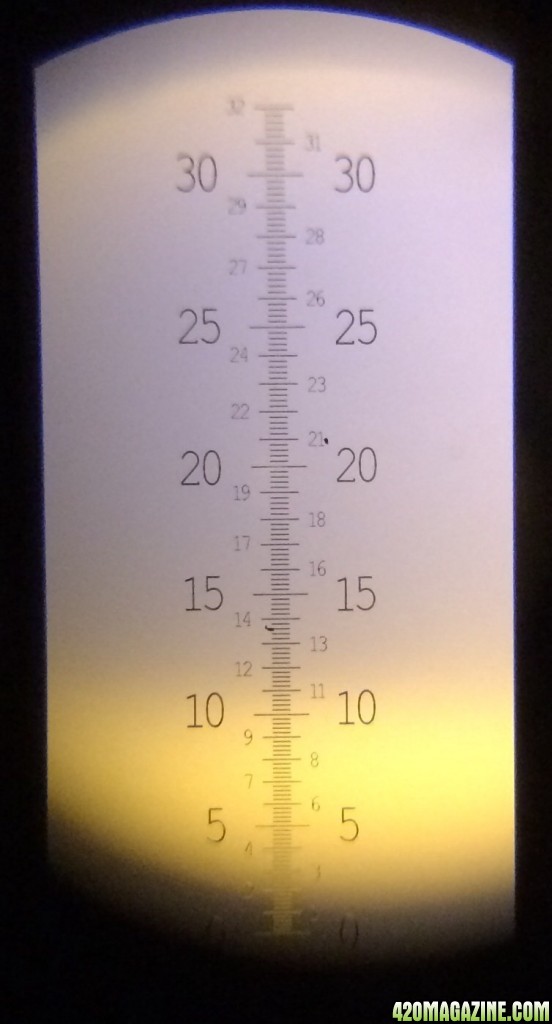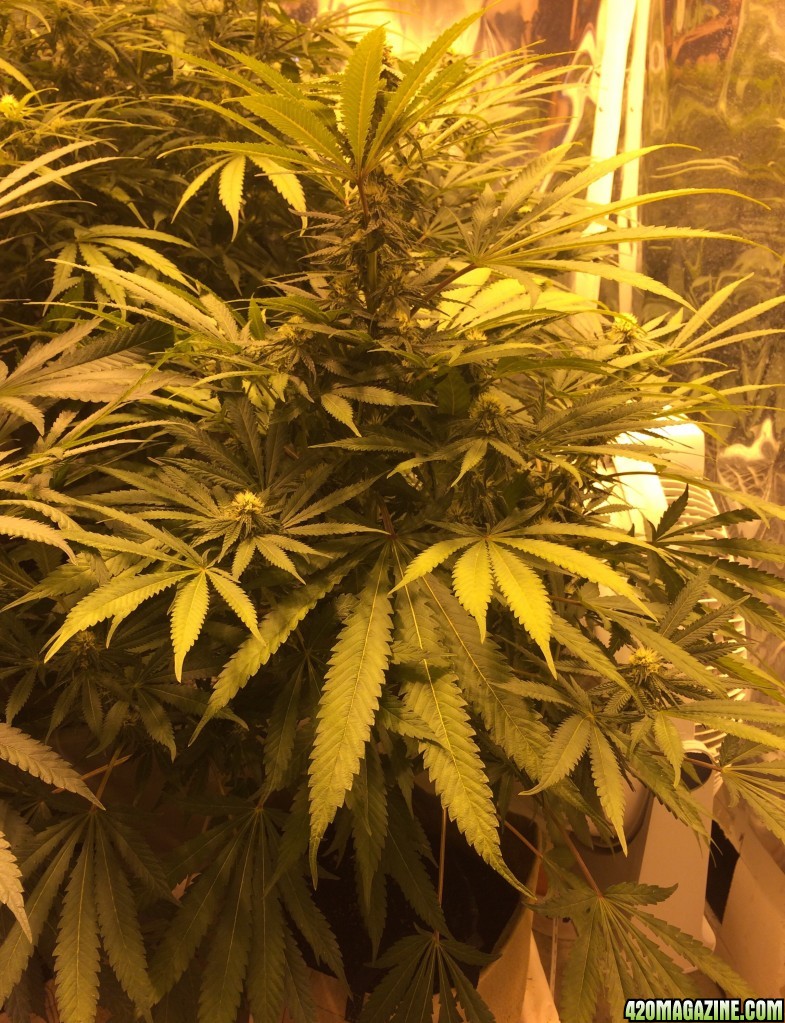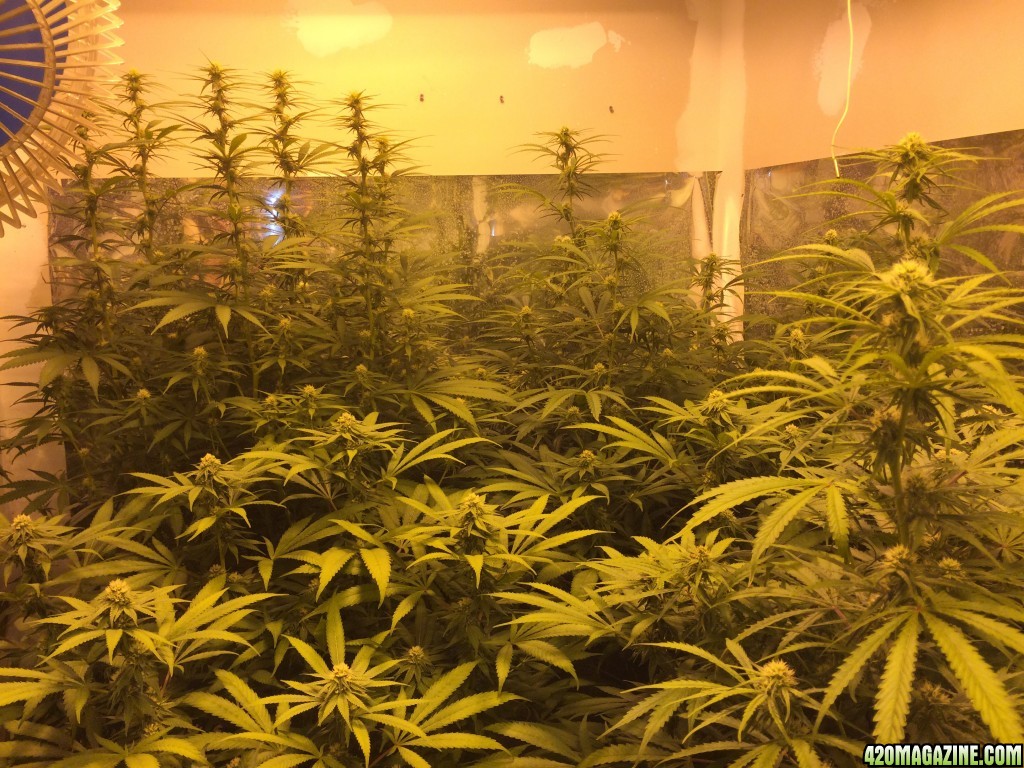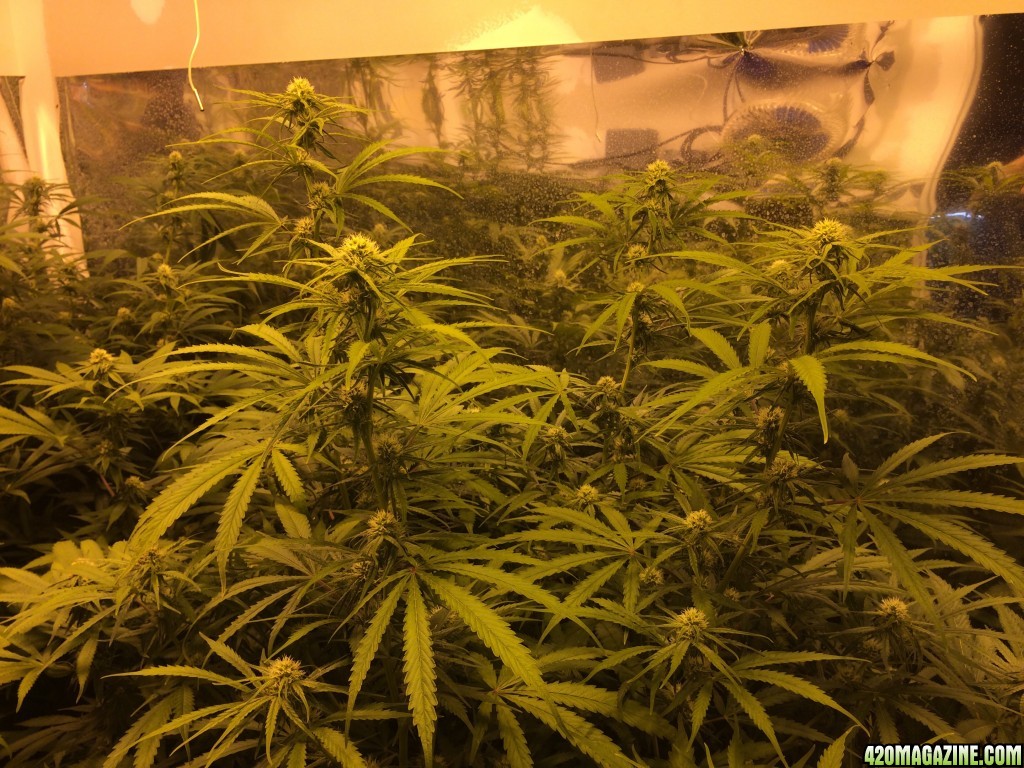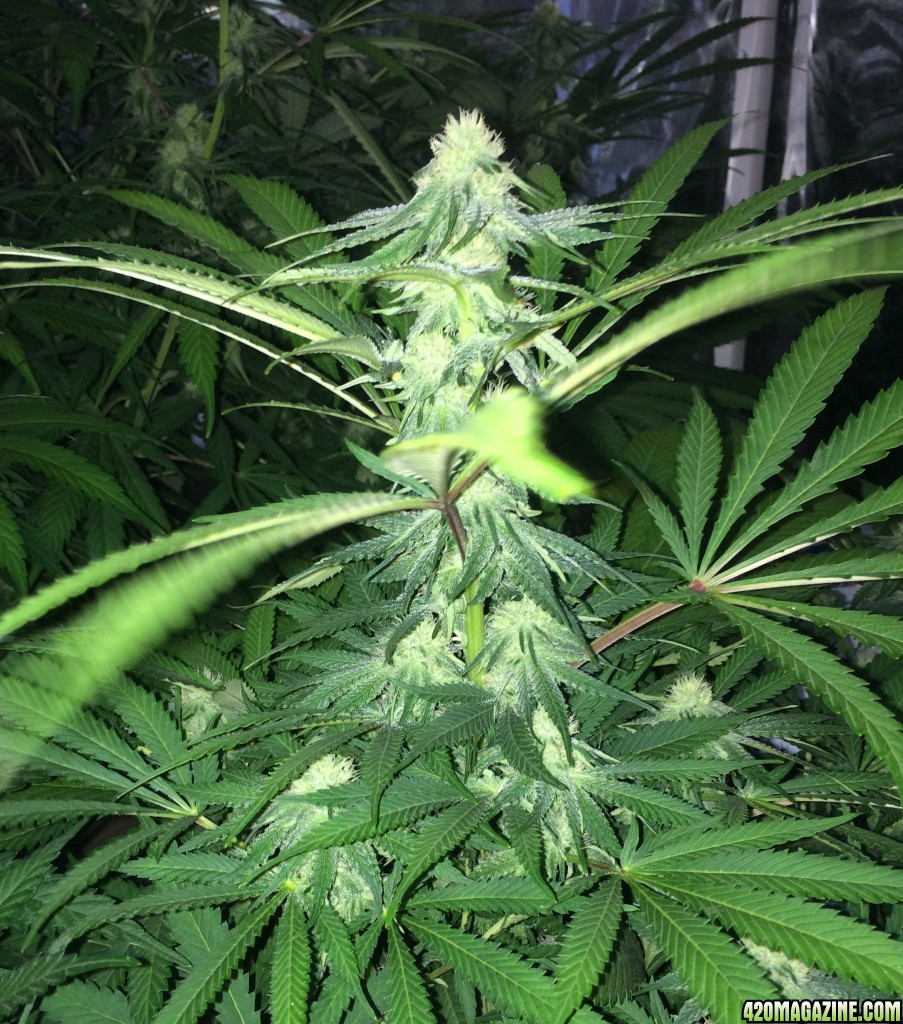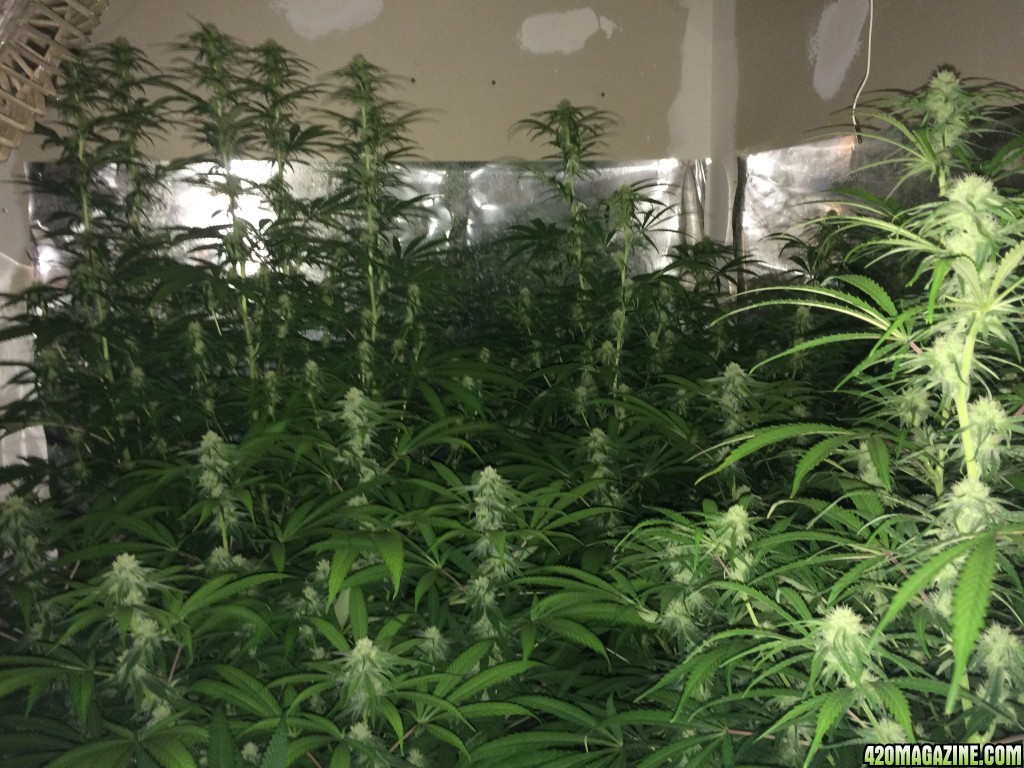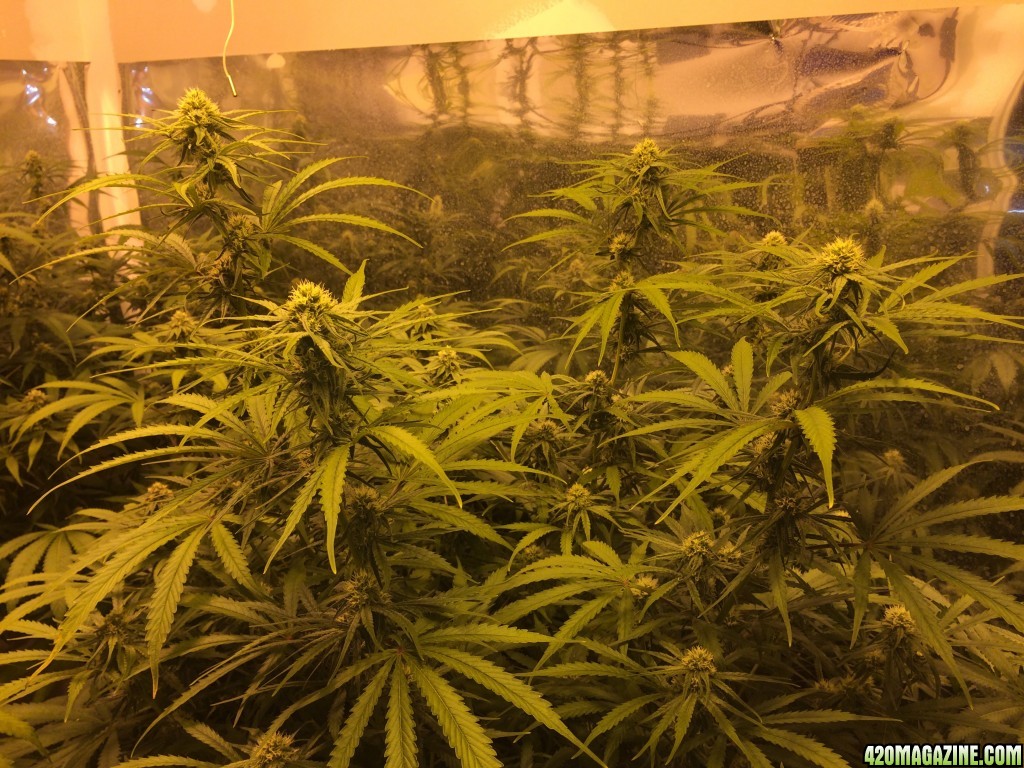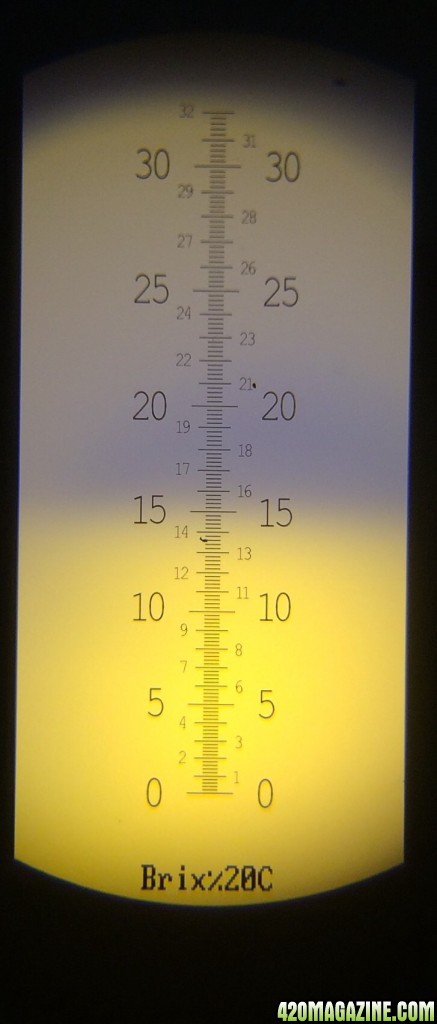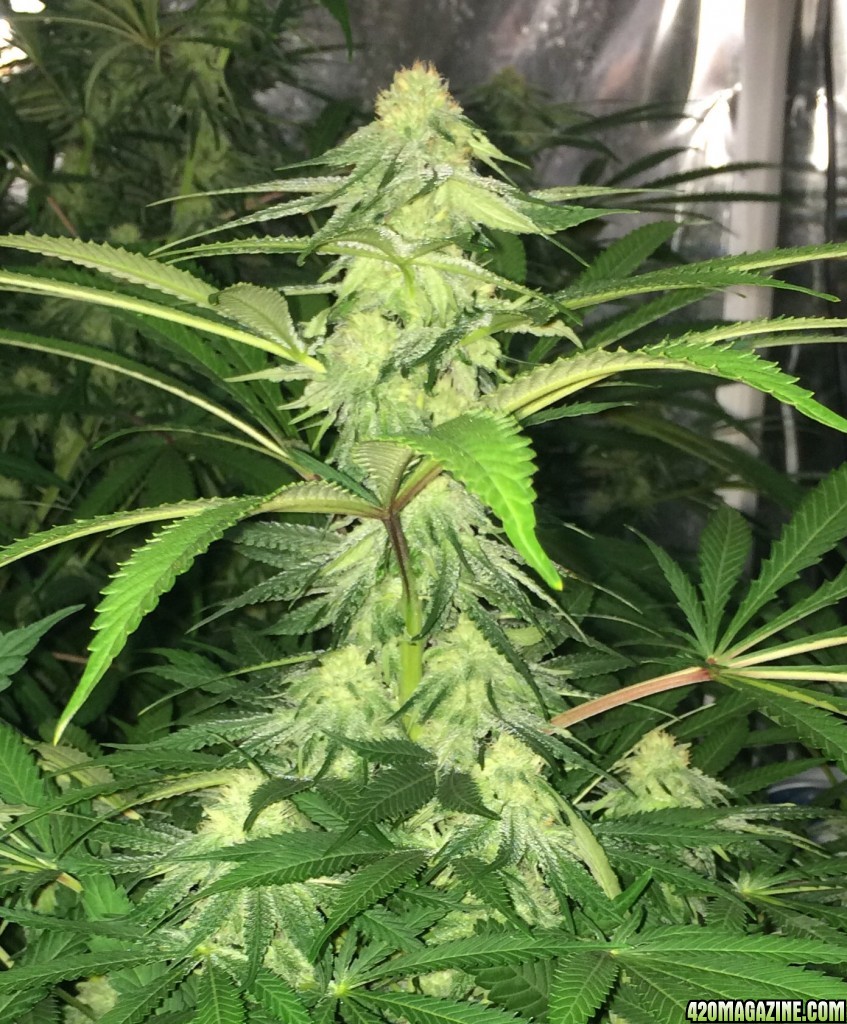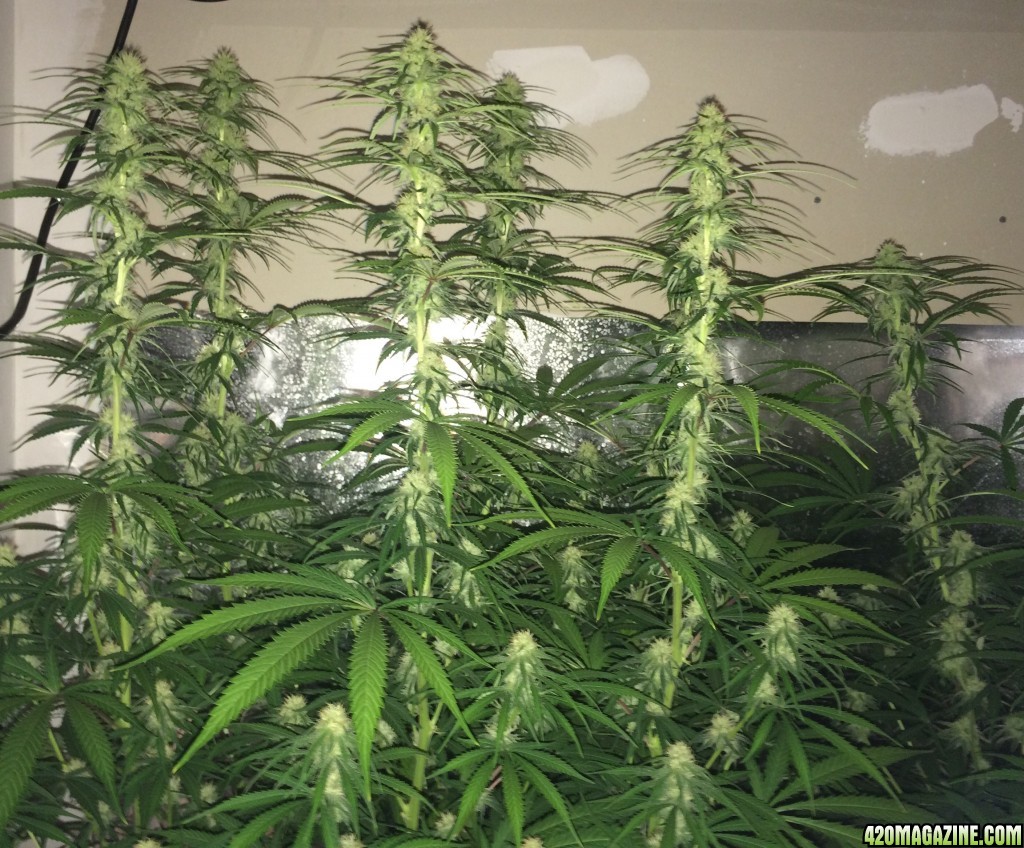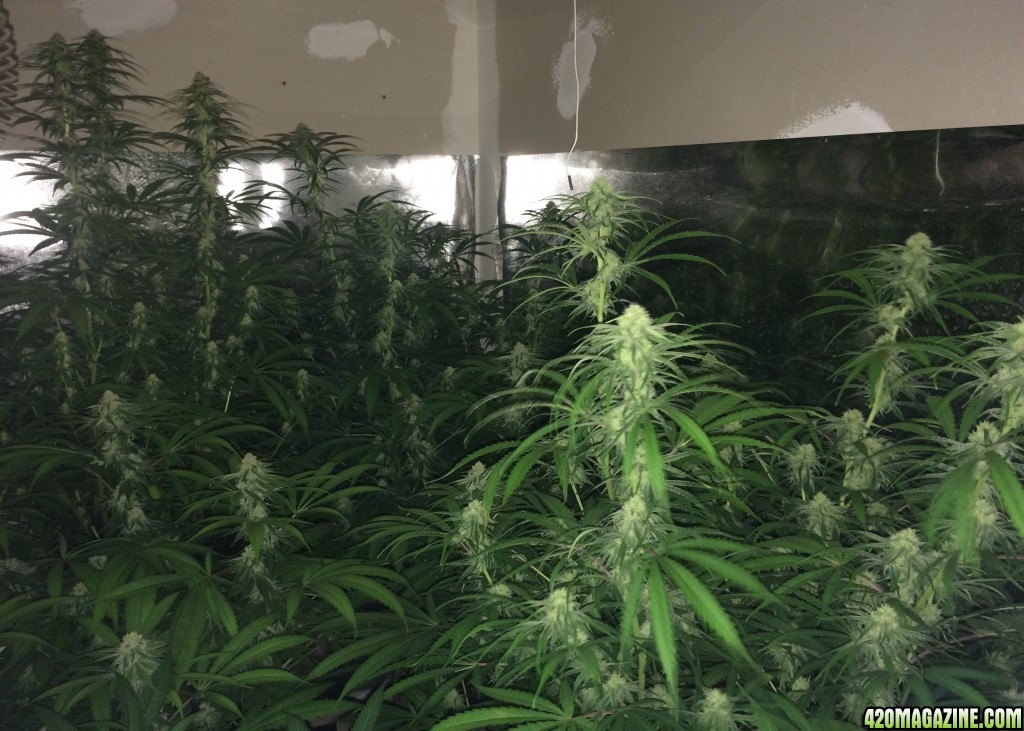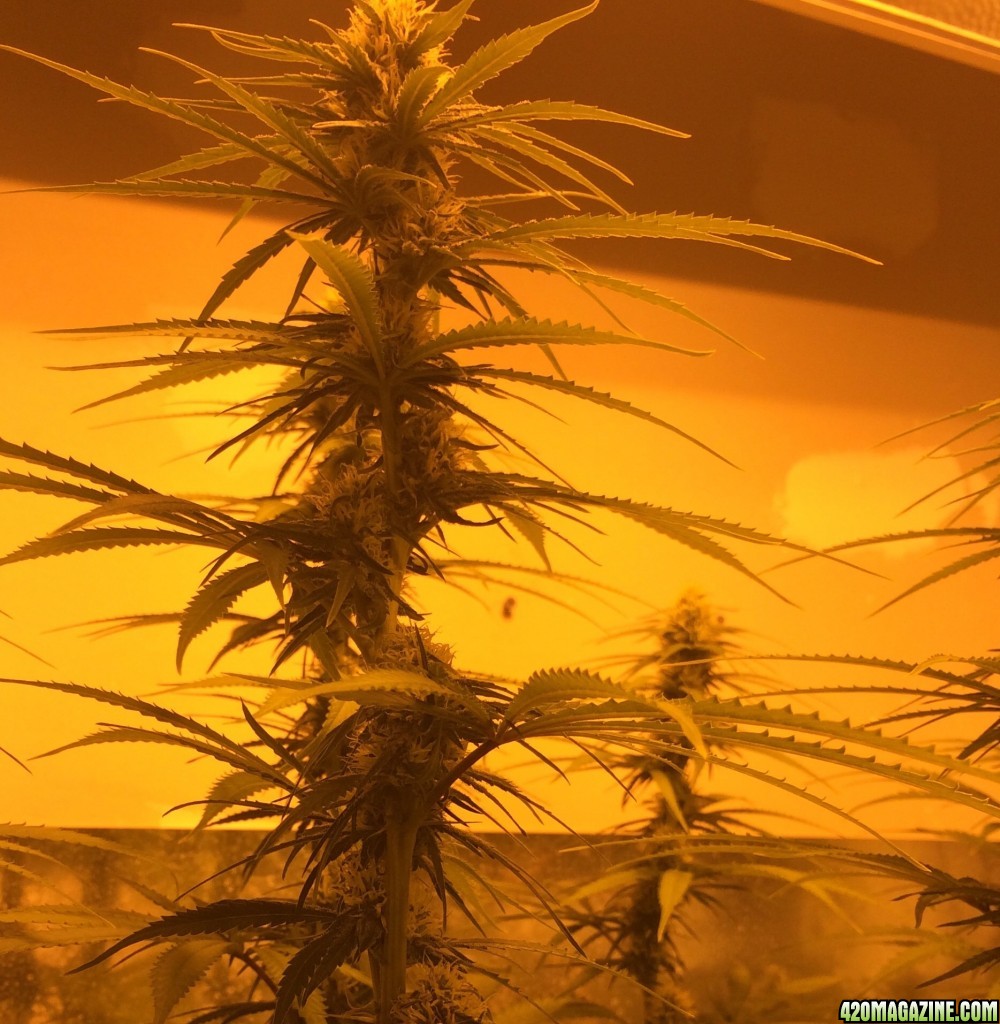- Thread starter
- #21
DAY 12 FLOWER
Just WOW im blown away at these beauties. Punta Roja and Champagne are the %100 sativas and they are so happy. the Grape Ape is a nice short n stocky plant and is ready to pop!
currently getting a major heat wave and despite what i do its 87 in my room with lights OFF. they seem unaffected!
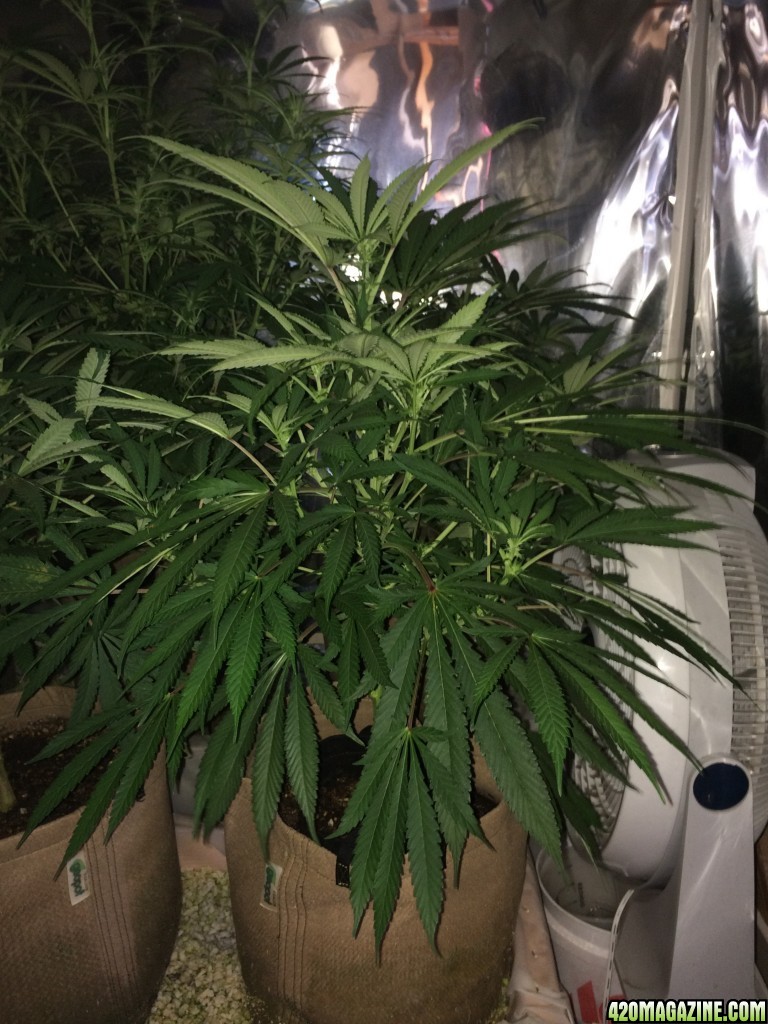
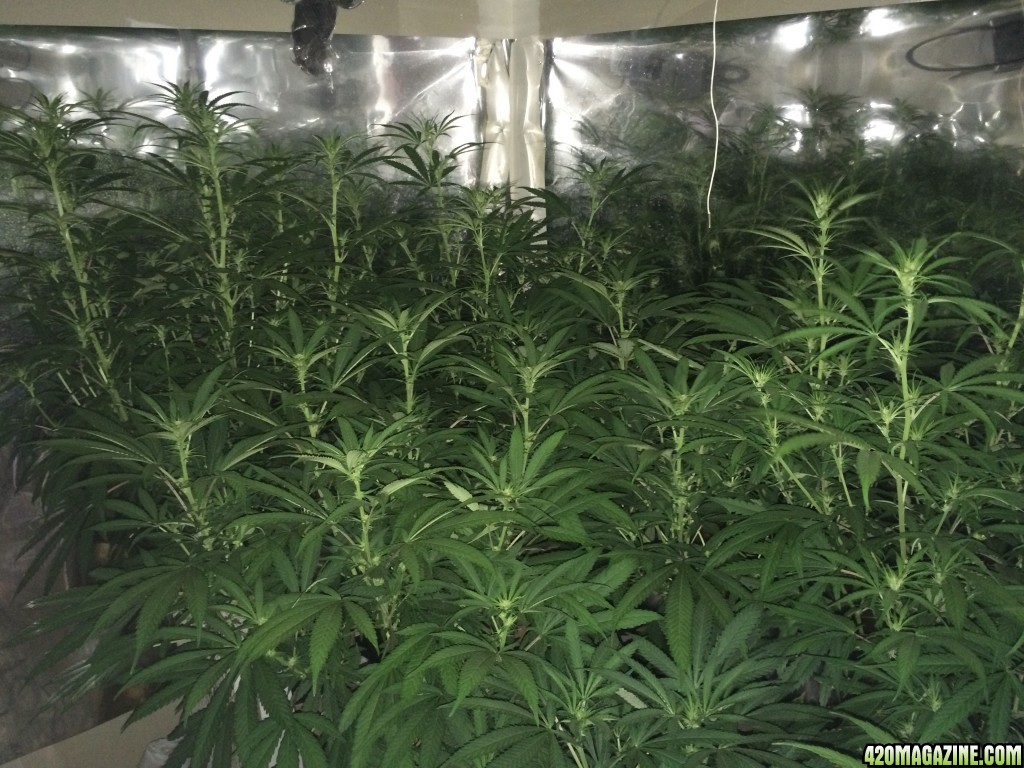
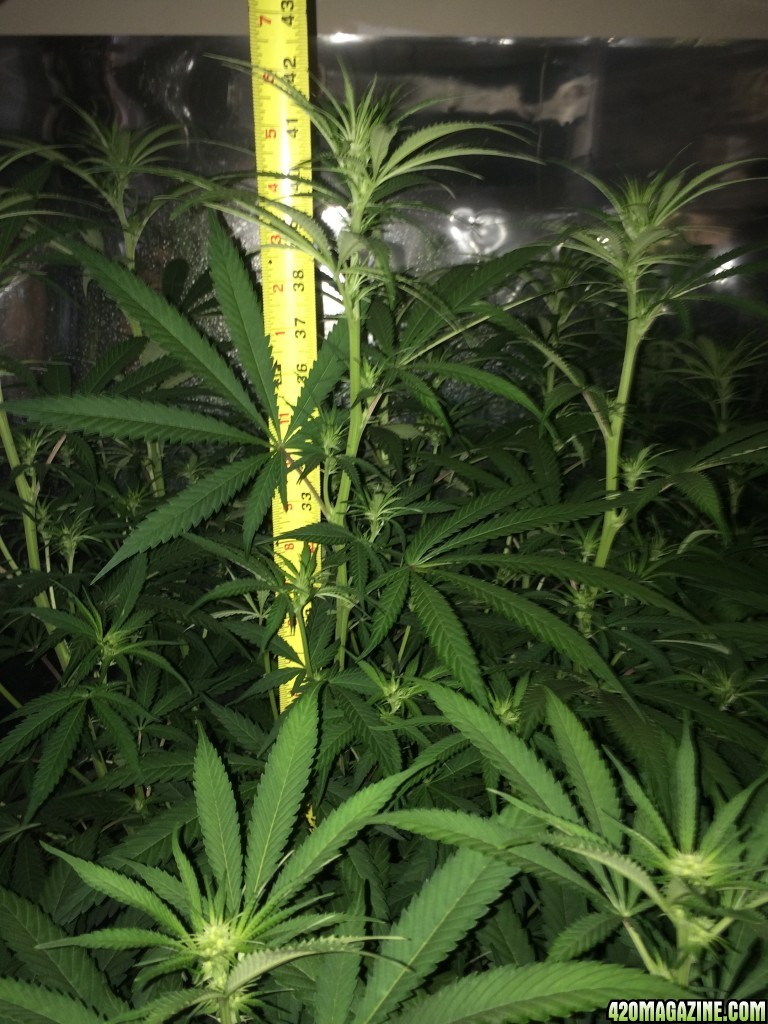
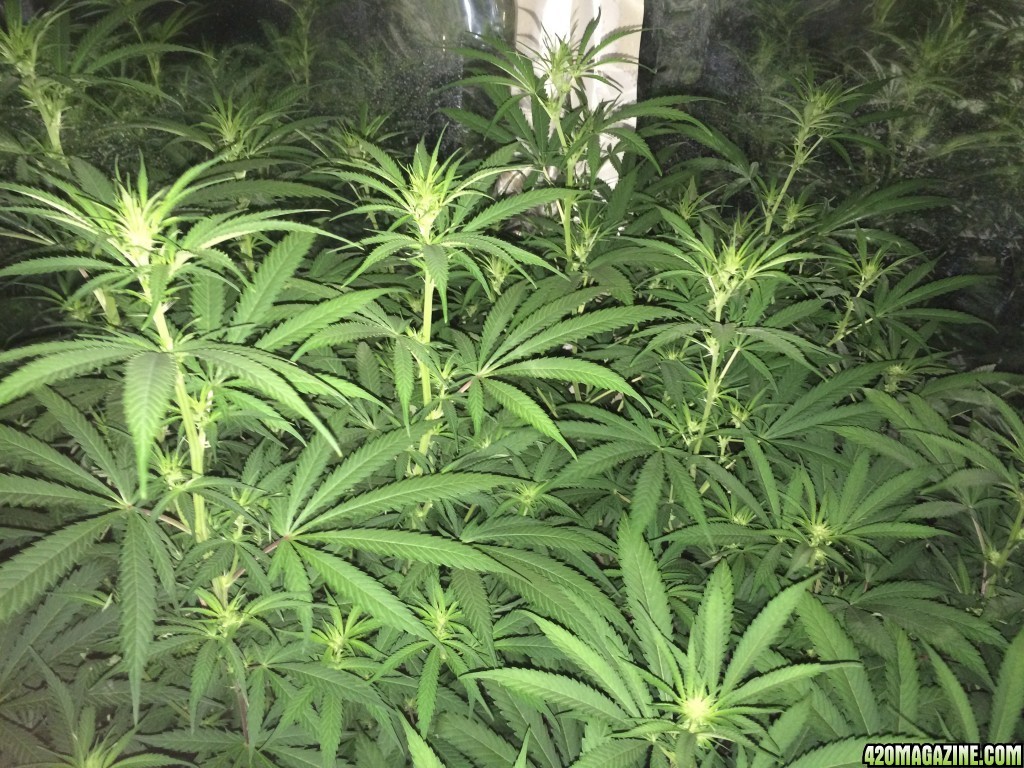
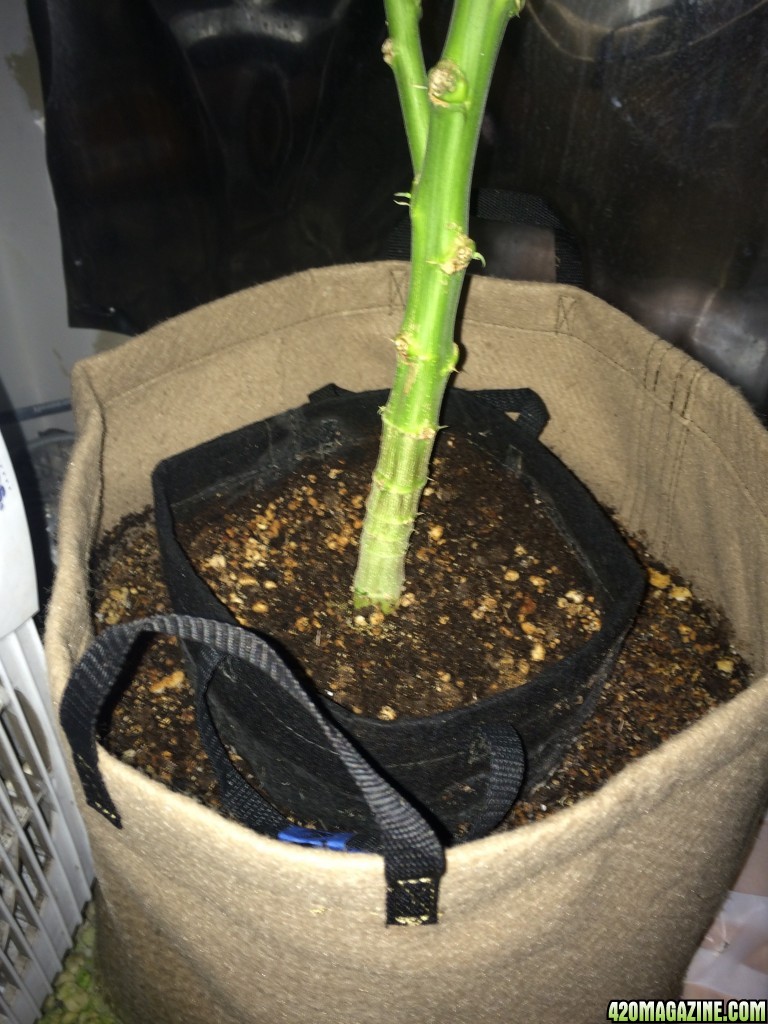
Just WOW im blown away at these beauties. Punta Roja and Champagne are the %100 sativas and they are so happy. the Grape Ape is a nice short n stocky plant and is ready to pop!
currently getting a major heat wave and despite what i do its 87 in my room with lights OFF. they seem unaffected!








